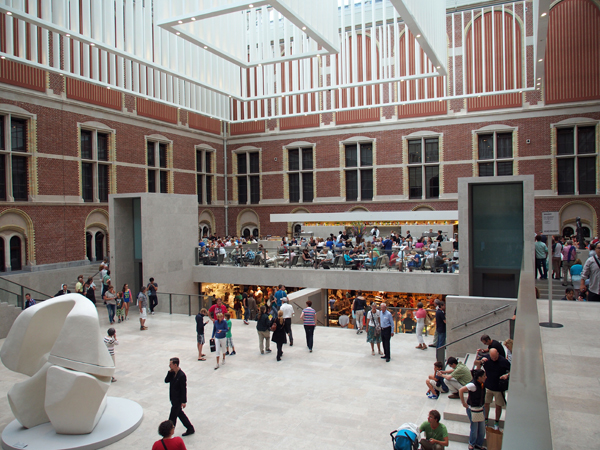
The Rijksmuseumm Amsterdam was founded at The Hague in 1800 and
moved to Amsterdam in 1808. The current main building was opened in 1885.
After a ten year renovation, the main building was reopened in April 2013.
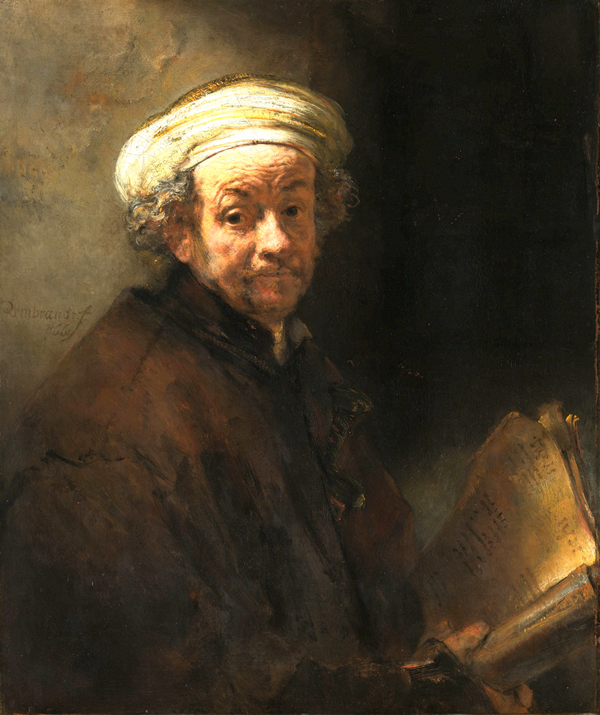
Self Portrait as the Apostle Paul, Rembrandt Harmensz. van Rijn, 1661
The Collection
The museum typically displays 8,000 items from their total collection of 1 million objects dating from the years 1200 - 2000.
The Rijksmuseum holds more than 2,000 paintings from the Dutch Golden Age (1568 - 1648) by painters such as Jacob Isaakszoon van Ruisdael, Frans Hals, Johannes Vermeer, Jan Steen, Rembrandt and Rembrandt's pupils.
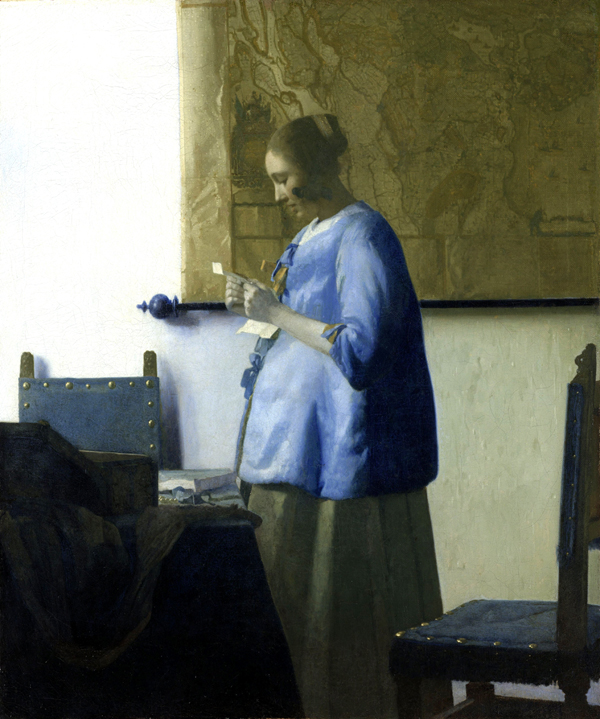
Johannes Vermeer's painting Woman in Blue Reading a Letter
The museum also has galleries dedicated to Dutch applied arts with magnificent displays of silverware, engravings, cabinetry, Delftware and other ceramics including elaborate tulip vases.

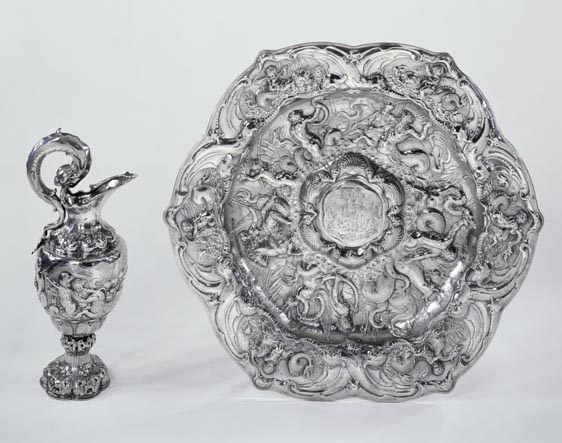
Within these galleries is a selection of ship models created for the Dutch navy during the 19th century. The models, one of which measures approximately 8m long, bring to life the rich maritime history of the Netherlands with their superb craftsmanship and intricate detail. The display includes paintings, weapons, captured flags and photographs.
An Asian collection comprises sculptures and paintings from the Dutch East Indies, some possibly obtained under controversial circumstances during the colonial period.
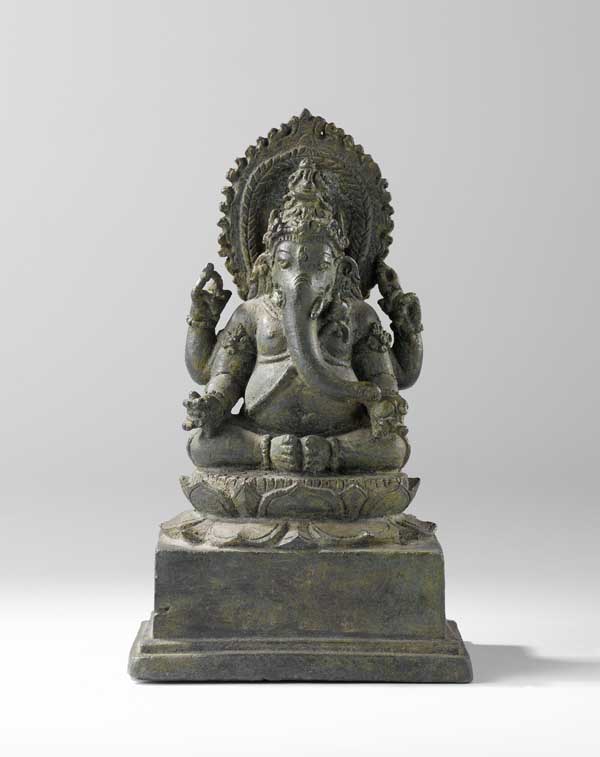
The Importance of the Rijksmuseum Collection
The Rijksmuseum is one of the most important European museums because it spans the shift from the Renaissance to modernism through the Dutch Golden Age and the Italian influence, specifically Caravaggist painters. The collection highlights the importance of the Dutch Golden age (1568 - 1648) as the bridge between the Renaissance and what would become modern art.
A distinctive feature of the period, compared to earlier European art periods, is the small proportion of religious artworks that was created. The Netherlands was heavily influenced by the Protestant Reformation and was socially and culturally divided for centuries by the schism of the Catholic Church.
The development of the printing press and resultant creation of modern publishing, coupled with the spread of protestant ideas about art, religion and human kinds place in creation profoundly changed the genres and style of art that was produced in the Netherlands.
During the fervour of the Reformation, vast amounts of religious art spanning more than a millennium was destroyed, defaced or hidden. At the same time new ideas from Rennaisance learning in science and art circulated widely in books and pamphlets.
During this period the Netherlands was becoming an important trading nation as a result of the Age of Discovery and worldwide trade with the Orient and the Americas. Amsterdam became a strategic conduit of commerce, ideas and art. A large, new merchant class grew rich and built distinguished residences across the Low Countries, creating a growing demand for decorative and narrative art.
While demand for traditional European religious art diminished in the region, this age of wealth and learning led to a tremendous appetite for art, painting in particular, in turn leading to the creation of new genres, artistic narratives and a new breed of art dealers to cater to the demand.
It is estimated that millions of paintings were produced during the Dutch Golden Age. As a result, except for the most sought after artists, the prices for paintings were relatively low. Many great artists of the period, such as Vermeer, Frans Hals and Rembrandt, despite their high reputations and acclaimed skills, faced financial hardship.
Political turmoil, in particular the French invasion of 1672 known as the the Rampjaar - year of disaster - brought a severe depression to the art market, which never returned to earlier heights, marking an end to the Golden Age.
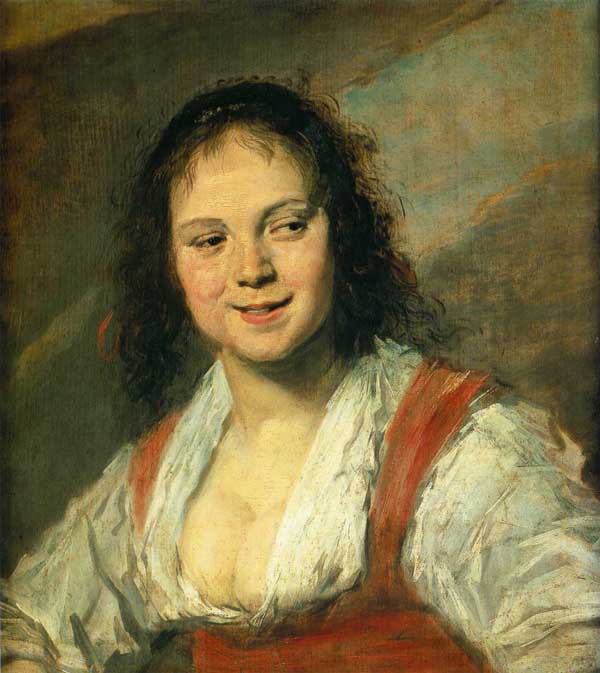
Frans Hals, Gypsy Girl, 1628-30
Beginning of Professional Art Dealers
An important legacy of the Dutch Golden Age was the creation of a pan European network of professional art dealers who did not cater to the Catholic Church.
Until the Reformation, the primary funding for artists throughout Europe was a sophisticated system of patronage concerned with producing artwork for religious institutions. With the rise of a specifically non Catholic merchant class of art patrons, a new business sector emerged to serve the burgeoning market for vernacular and narrative art.
One direct result of this development, two centuries later, was the career of Theo Van Gough, brother of Vincent Van Gough. Working as an art dealer for Goulpi & Cie, Theo played a key role in introducing contemporary art to the European public. He championed impressionist artists including Claude Monet and Edgar Degas and sold many of their works. He introduced his brother Vincent to Gauguin, Cézanne, Henri de Toulouse-Lautrec, Henri Rousseau, Camille Pissarro and Georges Seurat.
Without the Dutch Golden Age, Theo’s life, and those of many other art dealers and critics may have followed different paths. Vincent Van Gough, the Impressionists and many of the late 19th or 20th century art movements may not have been noticed or ever happened at all.
Without doubt the European art market still would have developed over the decades and centuries. However, it was due to the prolific production of millions of paintings during the Dutch Golden age, amid this war torn but immensely wealthy trading period that the post clerical art market - the art world that we know today - was born.
By Sean De Siun


